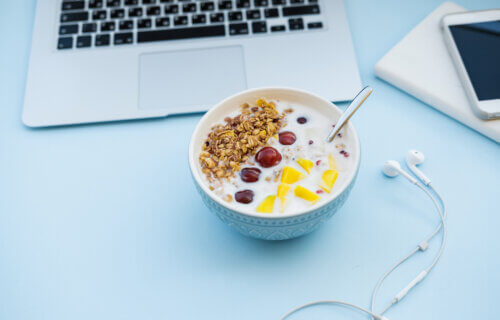“Natural” and “health” foods are everywhere and they continue to take up space on store shelves. Gluten-free breads, “veggie” chips, and flavored yogurt with “live active cultures” are now common grocery store items, marketed to make you choose these foods as a health-promoting alternative to junk food. Most of the time, however, these foods don’t automatically mean nutritious, and in some cases may even be less so than the normal alternatives.
So, which “healthy” snacks actually have more in common with regular snacks? These five may surprise you:
1. Gluten-free products
Firstly, there isn’t any strong evidence supporting the notion that diets without gluten are healthier, particularly if you don’t have a gluten sensitivity or celiac disease. Wheat is the most commonly eaten gluten-containing grain. Oftentimes, gluten-free products like breads, crackers, and desserts are not any more nutritious than their gluten varieties despite being marketed that way.
To replace gluten, companies will use ingredients like tapioca starch, potato starch, corn starch, and rice flour as a base. The products are also usually ultra-processed and refined and therefore lack vitamins, minerals, and fiber. Additionally, refined sugar is added in order to make the foods more palatable and compete with wheat-based products.
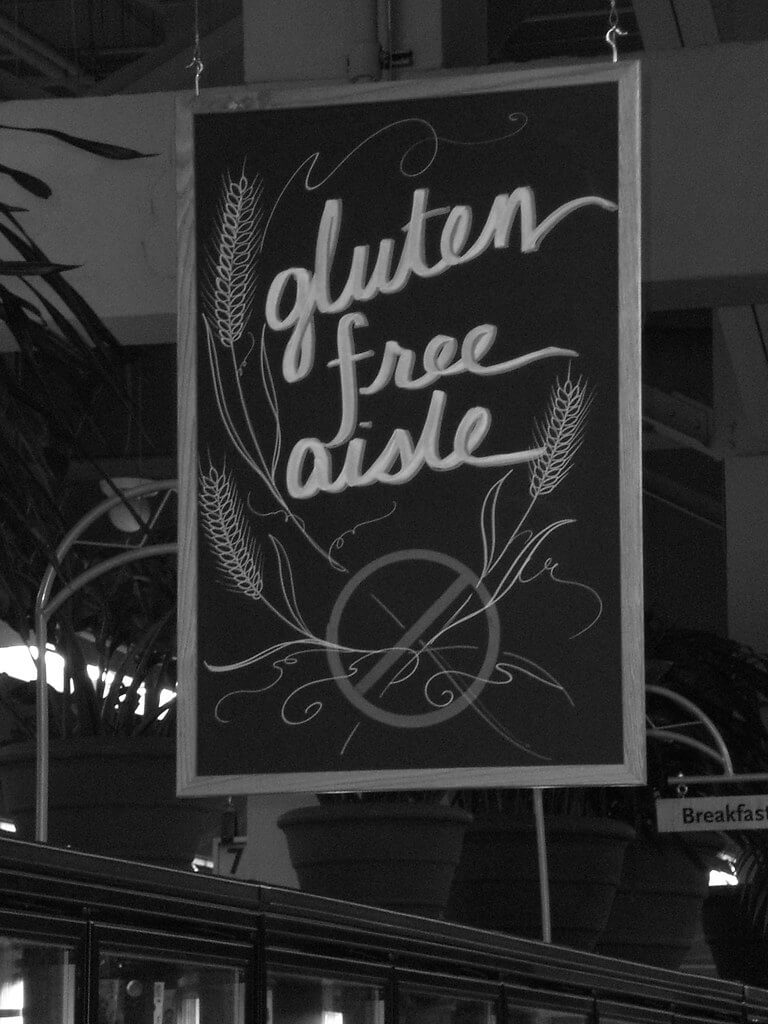
2. Flavored yogurt
When the low-fat craze started to rev up in the early 2000s, yogurt companies started coming out with low-fat and fat-free alternatives to appeal to the consumers looking for that. These products are often filled with significant amounts of added sugar to compensate for the flavor. Yogurts with fruit in them also typically only have “fruit bases” that contain cane sugar with a little bit of fruit. A better swap is full-fat, unsweetened yogurt. To keep fat low, unsweetened low or no-fat plain Greek yogurt is another option. You can then add any fruit or toppings you’d like.
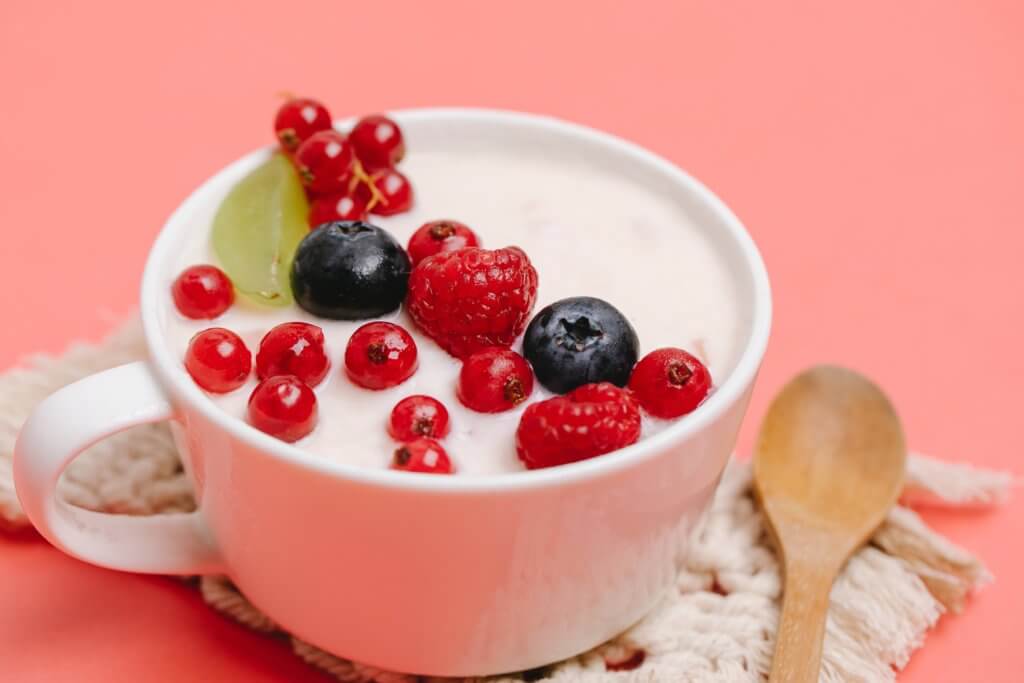
3. Veggie chips
Anything with “veggie” on the label makes it easy to assume something is healthy. The reality is, they’re no better than potato chips. Often, these chips have potato starch as a main ingredient, with some powdered spinach or tomatoes. Then, they’re deep-fried just like potato chips. Usually, they also have little fiber and excess sodium in the same way as potato chips, which is not health-promoting. You’re better off eating whole vegetables as a source of vitamins, minerals, and antioxidants.
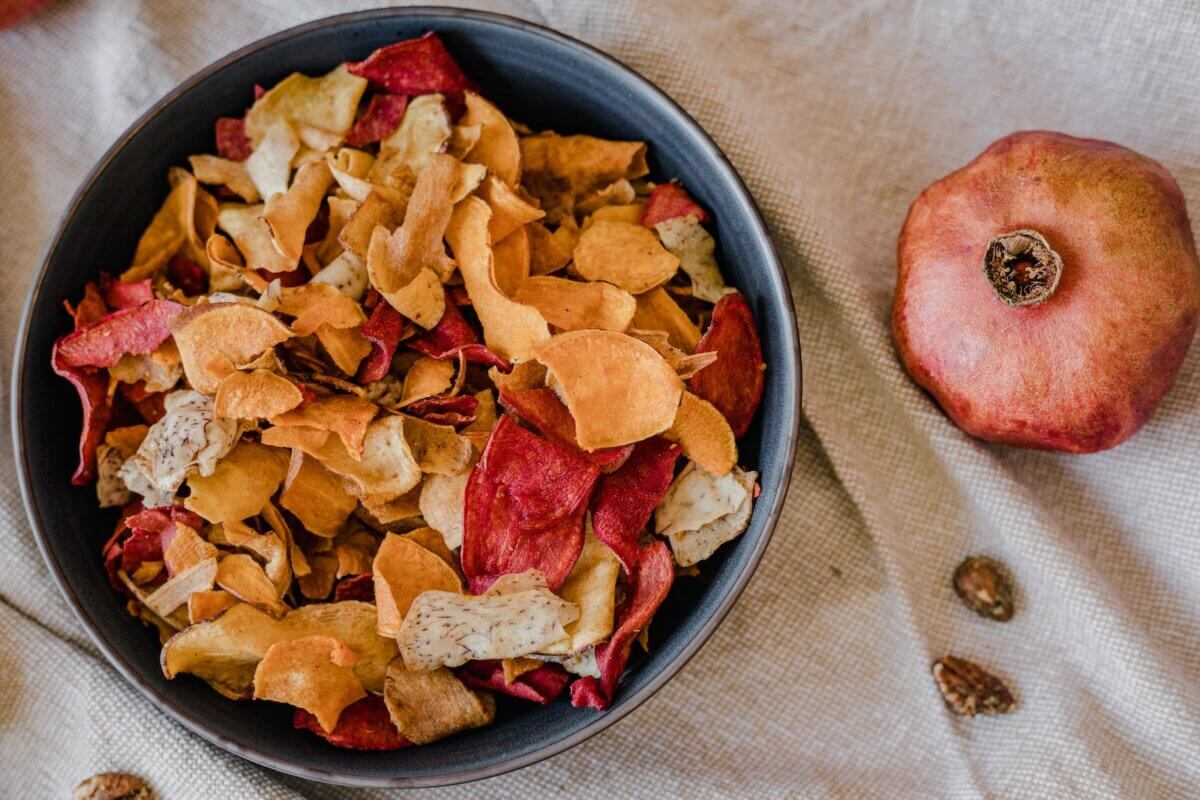
4. Granola bars
Granola bars aren’t bad, but don’t let fancy packaging or the word “granola” fool you into thinking they’re the healthiest option. Many granola bars are filled with high amounts of added sugar. For instance, Nature Valley Oats N’ Honey bar contains 11 grams of added sugar. This is a bit over two and a half teaspoons of sugar. Try to look for options with unsweetened dried fruit, whole nuts, and whole seeds. These will pack more fiber and nutrients to power your days.
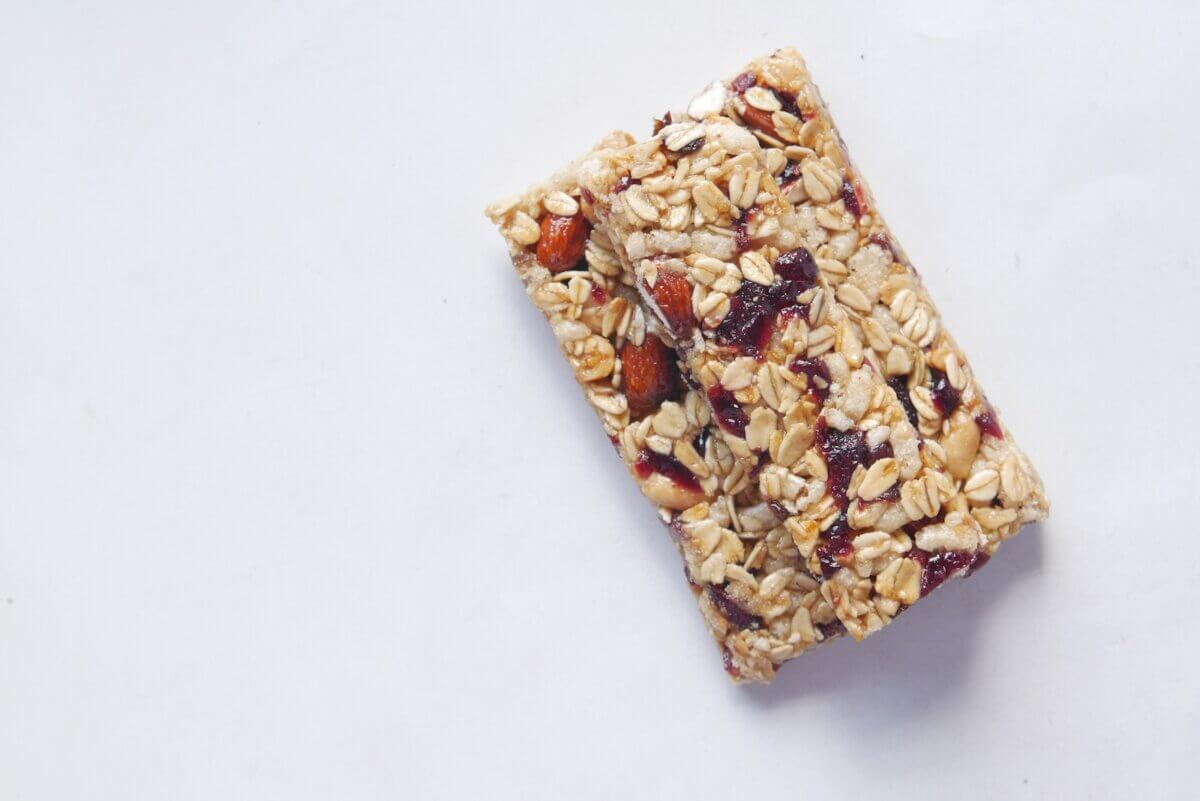
5. Sweet potato fries
White potatoes get a lot of hate, and sweet potatoes get the nutrition stamp of approval. As is, the nutrient profiles of each are actually really similar. Mainly, sweet potatoes contain significantly more beta carotene. Beta carotene converts to vitamin A in the body and supports vision and immune health. In fry form, the minor differences become even smaller and less significant. In the end, they both become deep-fried. When served in large amounts as they normally are, and if they’re eaten often, both will still contribute to the development of chronic disease.

Bottom Line
None of the foods listed are “bad” or going to do any detriment if you eat them sparingly. Oftentimes, however, their labels will try to trick you into thinking they’re better for you to include in your diet regularly. At the end of the day, it’s important to read beyond the front of the package and take a look at labels to see what these “natural” and “alternative” products are truly made of. Usually, they aren’t much better or even less nutritious than the normal food.
You might also be interested in:
- No, brown rice is not healthier than white rice
- 3 Unhealthy Foods That Damage Your Gut Health
- Best Prebiotics: Scientists Name Top 5 Foods For Your Gut Microbiome Lea la versión en español en EstudioRevela.com: Cinco alimentos sorprendentes que podrías pensar que son realmente saludables, pero no lo son
